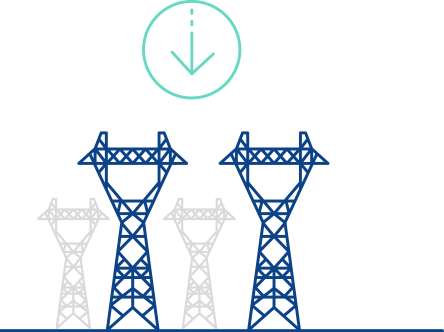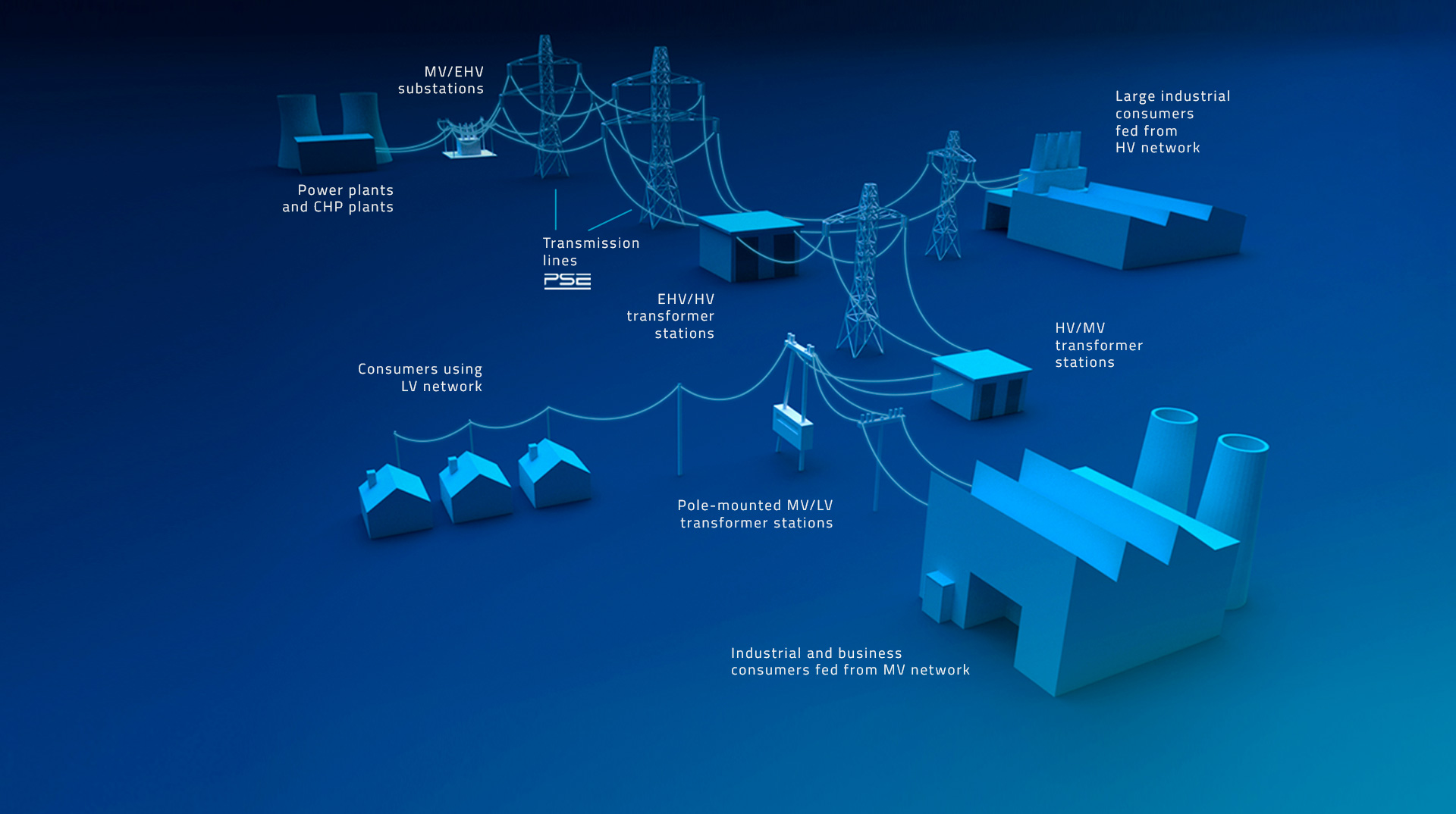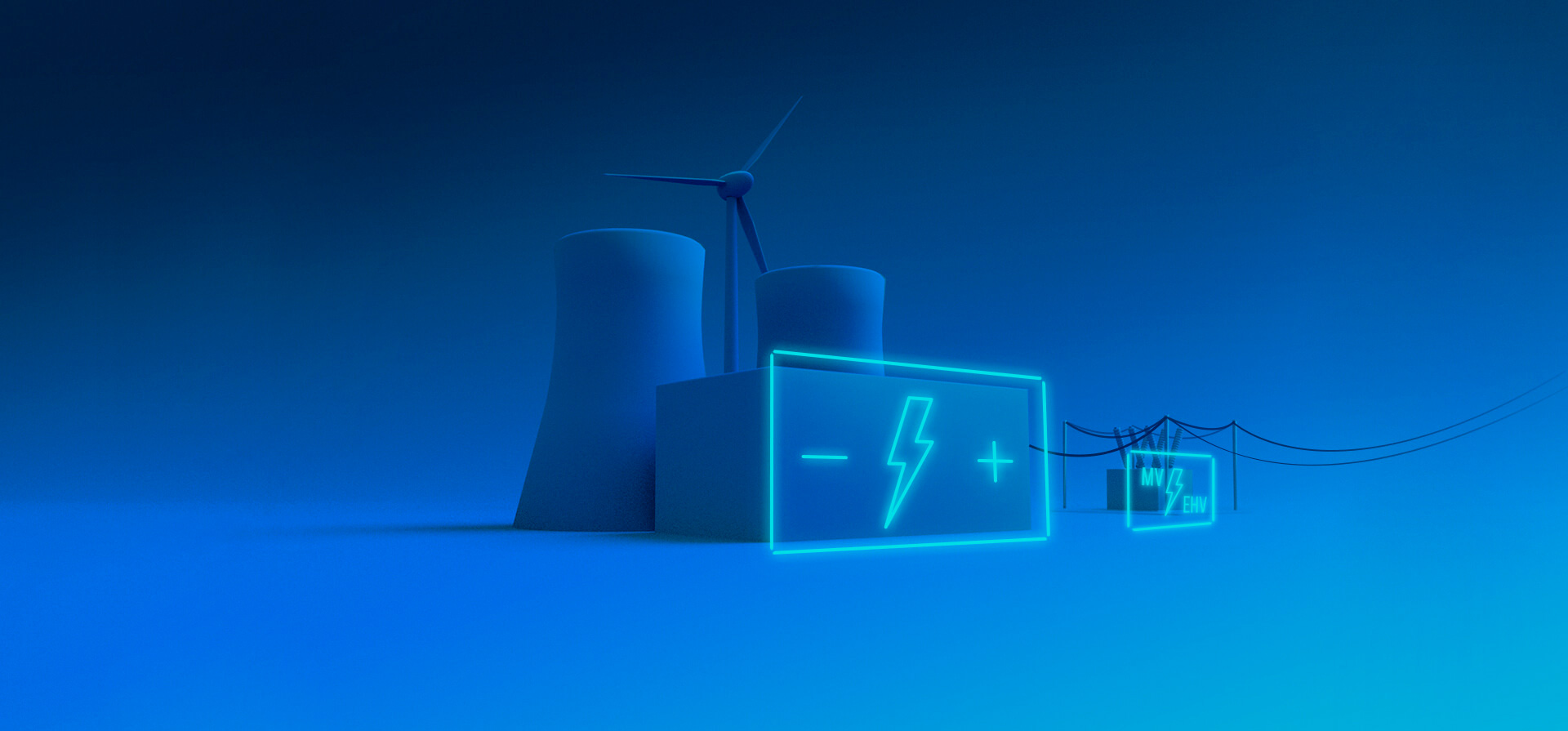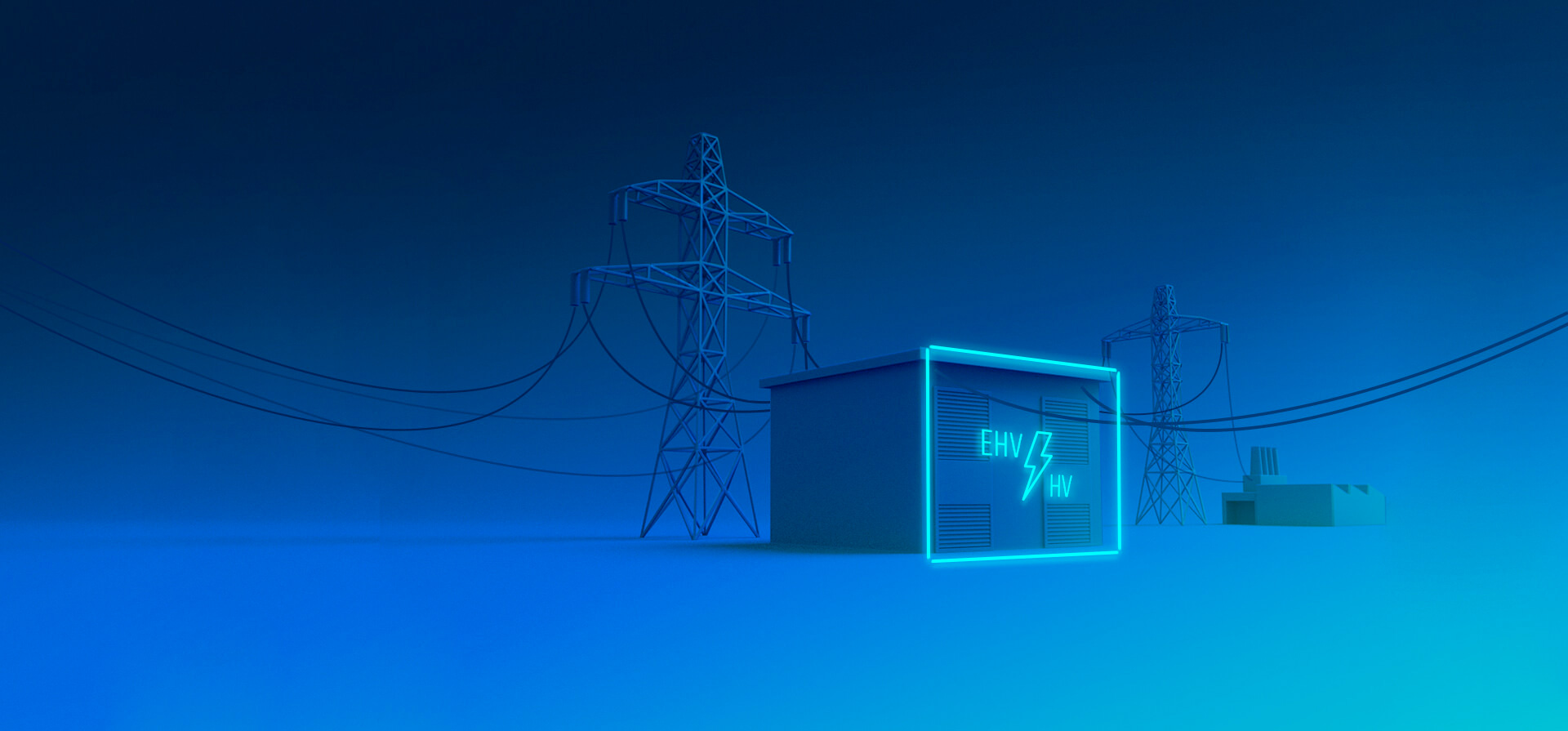PSE's role in the power sector
Key figures (as of the end of 2020)
Pracownicy w liczbach
2,627
PSE employees.
22.12%
women among the employees.
77.88%
men among the employees.
Dane finansowe
PLN 9,178 million
in net revenues from sales.
PLN 1,170 million
in net profit.
PLN 22,471 million
─ total assets.
PLN 2,23 million
in capital expenditures incurred for the community.
Infrastruktura w liczbach
15,318 km
of transmission lines (EHV).
109
extra-high voltage (EHV) substations.
8,177,683.50 m2
of surface area with the PSE network infrastructure in place.








